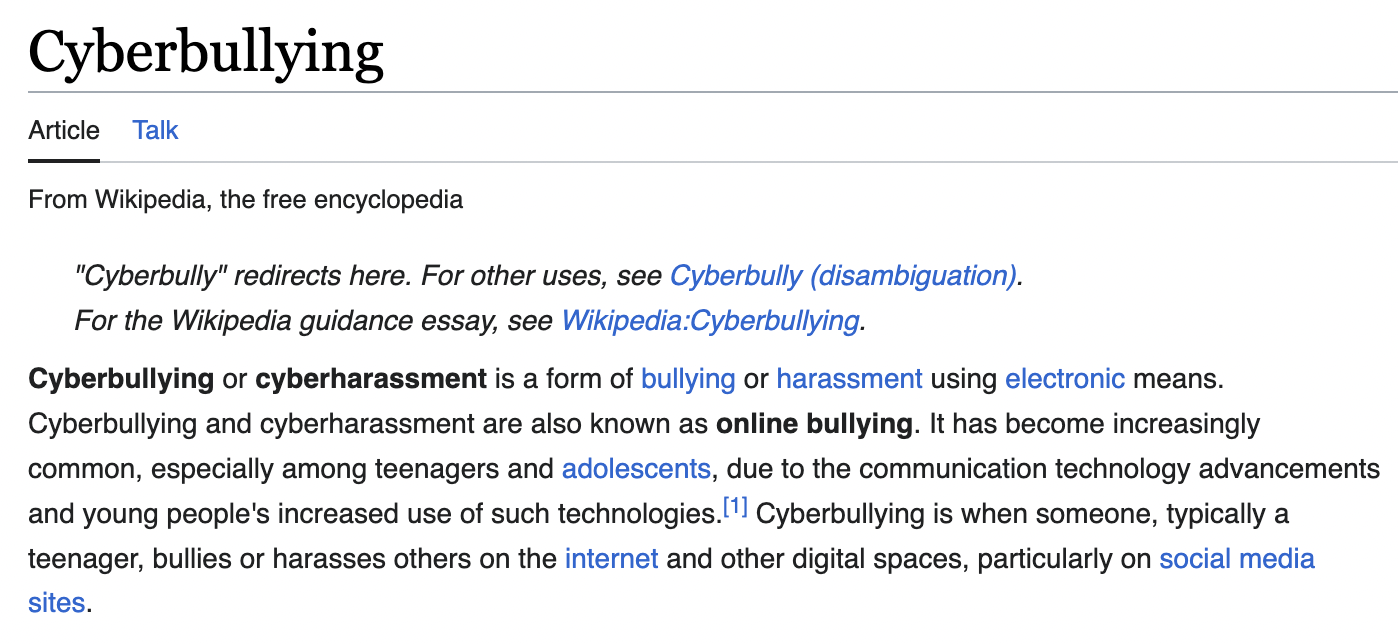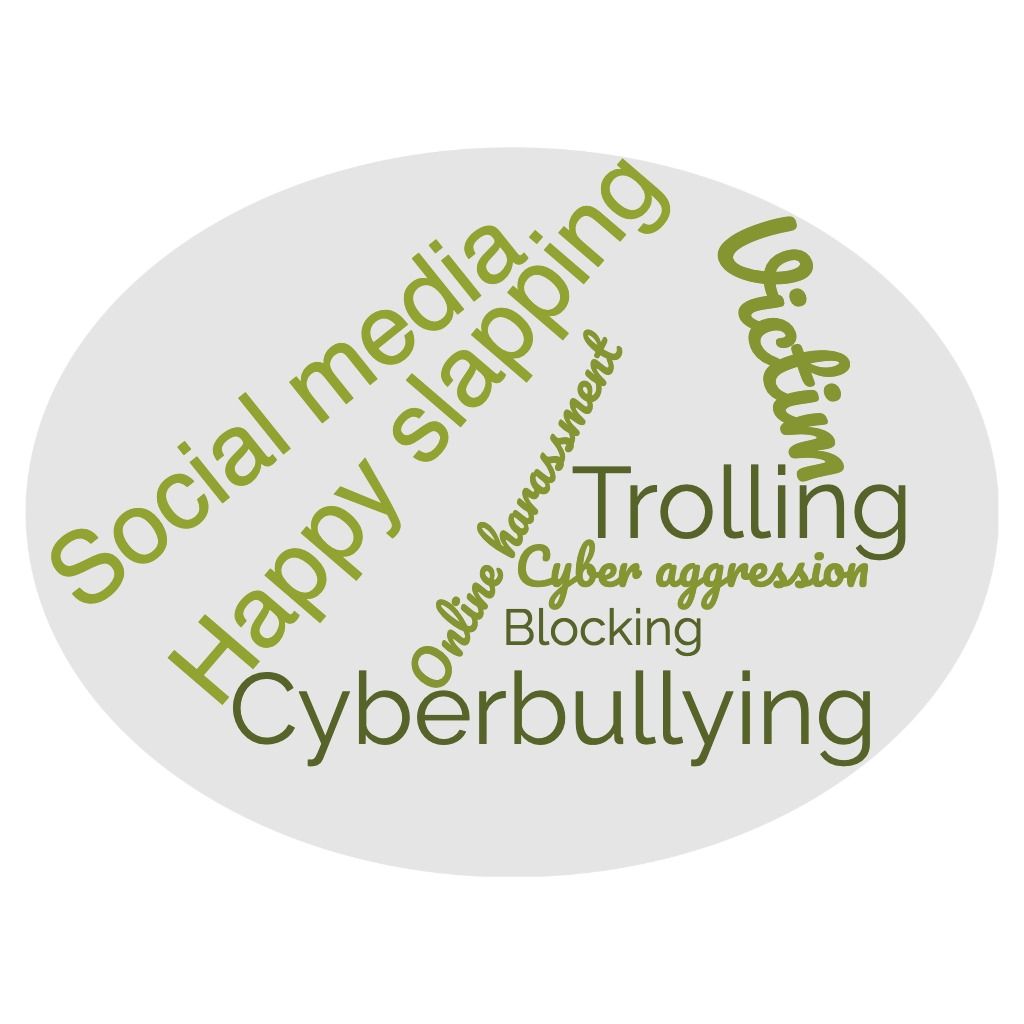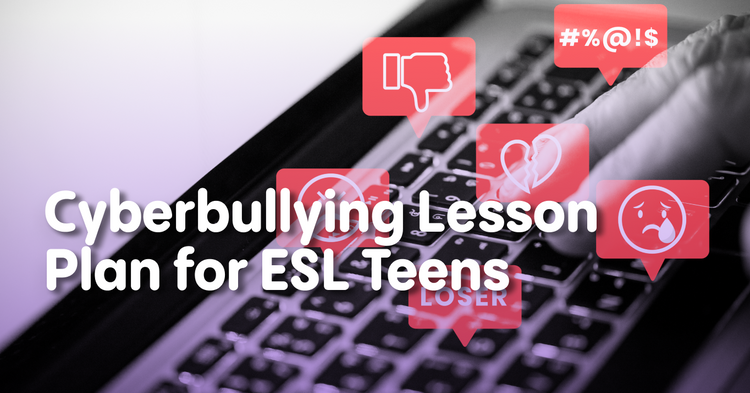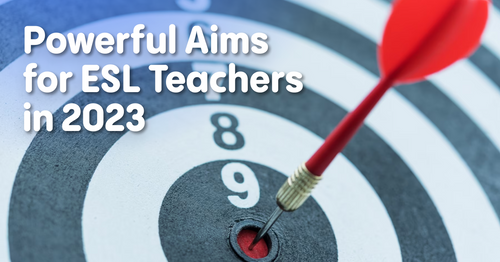Content of the article:
- What is Cyberbullying and Its Negative Impact on Teenagers?
- Why is it Important to Educate ESL Teenagers About Cyberbullying?
- Lesson Plan on Cyberbullying for Teens
- Conclusion
Social media has become increasingly ubiquitous in our modern society, and with that increased usage comes the potential for negative consequences like cyberbullying. Cyberbullying is the use of technology or social media platforms to harass, threaten, and embarrass other people online. Unfortunately, teenagers are particularly vulnerable to cyberbullying. Thus, it's vital to educate our ESL teenagers about the negative impact of cyberbullying and how to prevent it. In this article, we'll examine a comprehensive lesson plan for ESL teenagers that addresses the role of social media in cyberbullying.
What is Cyberbullying and Its Negative Impact on Teenagers?
Defining Cyberbullying
Cyberbullying is a significant concern for teenagers. It can take many forms, including online harassment, threats, or embarrassing comment trolling. Social media has made it easier for bullies to target individuals anonymously without fear of retribution. However, it's essential to note that the bully is responsible for their actions. Teens should understand that this type of behavior is unacceptable, and they should be held accountable for their actions.
Impact on Teenagers' Academic Performance and Behavior
Cyberbullying negatively impacts teenagers' academic performance and behavior in school. Teens who are bullied online often suffer from low self-esteem, causing stress, anxiety, and depression. Consequently, these emotions can lead to a lack of motivation to participate in school activities and can impact their engagement in the classroom. The impact of cyberbullying on the behavior of teens should not be ignored. It's vital to take measures to prevent this behavior before it has a lasting effect on our teens.
The Different Cyberbullying Behaviors to Look Out For
There are various forms of cyberbullying behaviors that students should be aware of so they can identify them. These behaviors include trolling, flaming, doxxing, and cyberstalking. Being familiar with these behaviors can help teens better recognize when they're being targeted and take steps to protect themselves.
Why is it Important to Educate ESL Teenagers About Cyberbullying?
ESL Teenagers' Experience with Cyberbullying and Bullying
ESL teenagers are a group that may experience bullying and cyberbullying. With the language barriers and cultural differences they experience, they may feel isolated and may not receive enough support from family and friends. As an educator, it's crucial to understand the challenges ESL teenagers face so we can be better equipped to provide them with the necessary support.
The Role of Teachers in Addressing Cyberbullying and Bullying
Teachers play a critical role in addressing cyberbullying and bullying in the classroom and online. Educators should be mindful and equipped with strategies and tips on how to detect and prevent bullying and cyberbullying. These efforts may include lesson planning, parent-teacher conferences, and even individual conversations with students. Teachers should also help students to create peer groups that promote tolerance and acceptance.
The Consequences of Cyberbullying and Bullying
It's vital to emphasize the consequences of cyberbullying and bullying, both legally and socially. Cyberbullying is a crime in many jurisdictions, and those found guilty of the crime could face severe legal repercussions. Additionally, cyberbullying can have social consequences that can harm the victim, the bully, and bystanders. By educating ESL teenagers about the consequences of cyberbullying and bullying, we can motivate them to act responsibly and promote a safe online environment for all.
Lesson Plan on Cyberbullying for Teens
Objective:
By the end of this lesson, ESL teenagers will:
- Understand the concept of cyberbullying and its impact on individuals.
- Identify different forms of cyberbullying.
- Develop strategies to prevent and respond to cyberbullying incidents.
- Gain skills in promoting a safe and respectful online environment.
Materials:
- Whiteboard, markers, and/or interactive whiteboard software.
- Handouts with scenarios or case studies related to cyberbullying.
- Worksheets on preventive strategies and response techniques.
- Videos related to cyberbullying awareness.
- Internet access for research and additional resources.
Warm-up:
Begin the lesson by engaging the students in a discussion about their experiences and opinions on social media and online communication. Ask them about the benefits and potential challenges they have encountered.
Task 1: Lead-in
Display this image from the movie Time code: 0:53 :

Ask these questions:
- How do you think this text makes Moby feel?
- Do you think this is cyberbullying? Why or why not?
- What feelings does it evoke in you?
- Have you been in a situation where you received some negative, insulting messages or comments on the Internet?
- Did you insult or troll other people on the Internet?
- Have you heard of “Cyberbullying”? What is this?
Task 2: Definition of the word “Cyberbullying”

Task 3: Word Association

Keys:
| Word | Definition |
| Happy slapping | the activity of attacking someone and filming the attack, especially with a mobile phone |
| Online harassment | the act of deliberately and repeatedly targeting, intimidating, or threatening someone through various online platforms |
| Cyberbullying | someone who uses the internet to harm or frighten another person, especially by sending them unpleasant messages |
| Blocking | stopping emails, text messages, phone calls, etc. from being received |
| Cyber aggression | aggressive behavior displayed online, often involving the deliberate use of technology to harm, intimidate, or exert control over others |
| Trolling | the act of leaving an insulting message on the internet in order to annoy someone |
| Victim | it refers to a person who experiences the harmful effects of such behavior |
| Social media | refers to online platforms and applications that enable users to create, share, and interact with content |
Task 4. Pre-watching
Before you start watching a video, ask your students to answer these questions:
- How many hours a day do you spend on your smartphone?
- How does cyberbullying affect people's feelings?
- Why is it important to stop cyberbullying?
- What can you do if you see someone being cyberbullied?
- How can we make the internet a safer place for everyone?
Task 5. Watching the video
Provide examples of the video's suggested tactics for preventing bullying.
Keys:
- Dispatch the haters
- Remain online for a while.
- Enlist the assistance of the groups against online bullying.
Task 6. After-watching
Answer the questions:
- Why is online bullying so prevalent today?
- What should you keep in mind if you are dealing with online bullying?
- Where may someone who has been cyberbullied go for support?
- What can you do to safeguard yourself against online bullying?
- What can you do to protect others?
Keys:
- Because social media is used by almost everyone today.
- Keep in mind that you are not alone and that you may always ban online bullies.
- Check out Reddit, YouTube, Instagram*, and other social media sites for communities that share their stories and tips on how to defend themselves from bullies.
- Ban those who harass you or send you hateful messages, tell an adult about the bad experience, temporarily delete part of your accounts if necessary, and ask other users for help.
- Encourage them, advise them on what to do in this situation, and never engage in cyberbullying yourself.
Task 8. The Speaking
Incorporate your own ideas to complete the sentences:
A harmful sort of behavior is cyberbullying because...
An online bully is someone who...
Those that experience cyberbullying are...
You must take action to defend yourself against online bullies…
Cyberbullying may leave victims feeling…
Conclusion
The role of social media in cyberbullying is a major concern worldwide, and it's essential to address this issue in schools. As an educator, I believe protection of learners is of utmost importance. This lesson plan provides a comprehensive guide for ESL teenagers to understand the negative impact of cyberbullying and how to prevent it. Raising awareness and promoting digital citizenship can help protect our learners from the harmful effects of cyberbullying and help them thrive academically, socially, and emotionally. Furthermore, by enhancing students' vocabulary and examining common online behaviors related to cyberbullying, we can reduce bullying and cyberbullying in schools and promote a safe, accepting environment.









